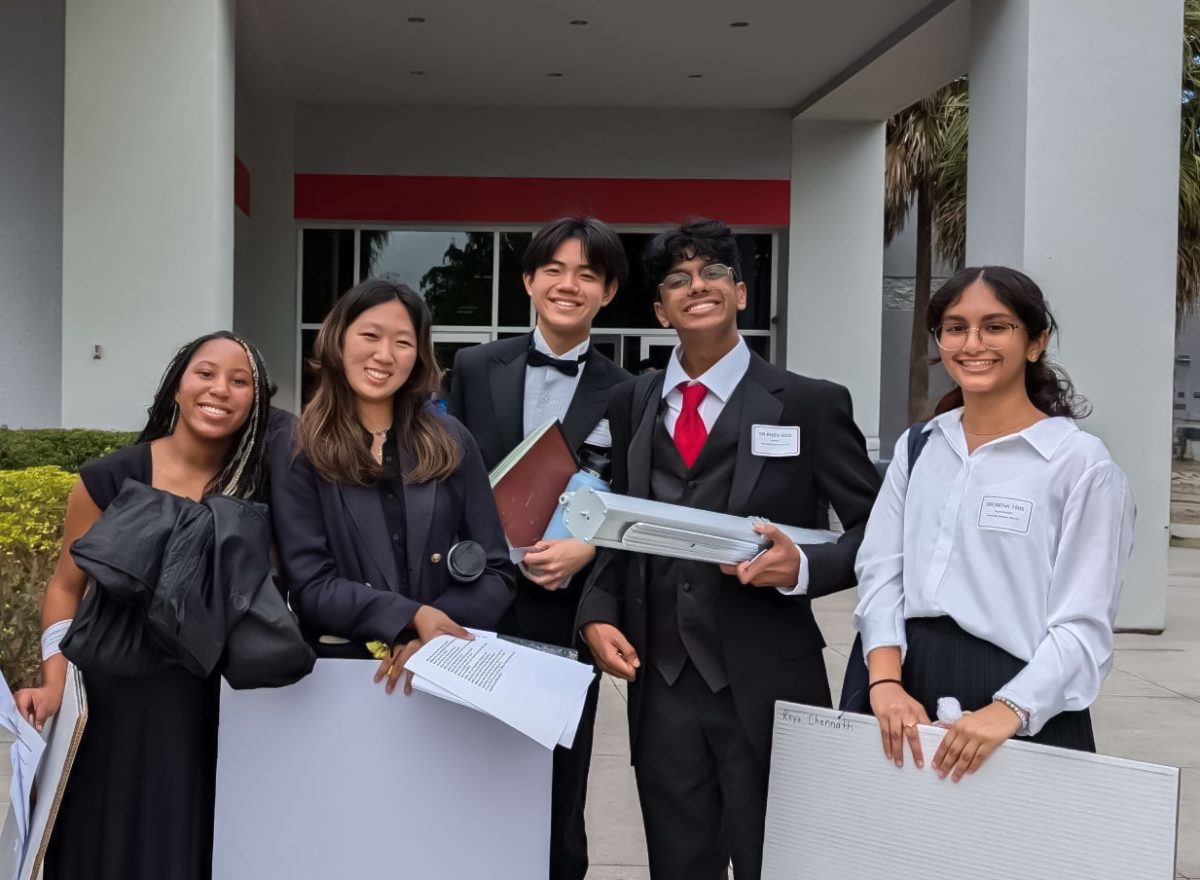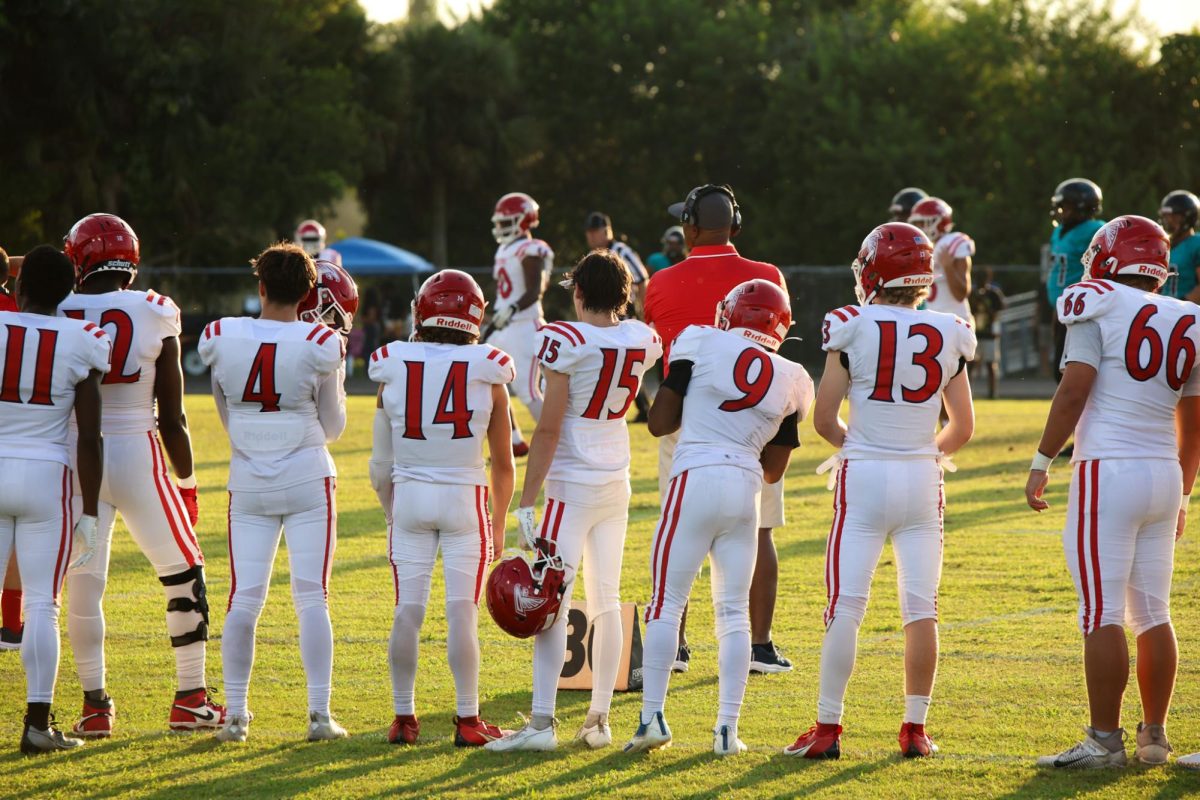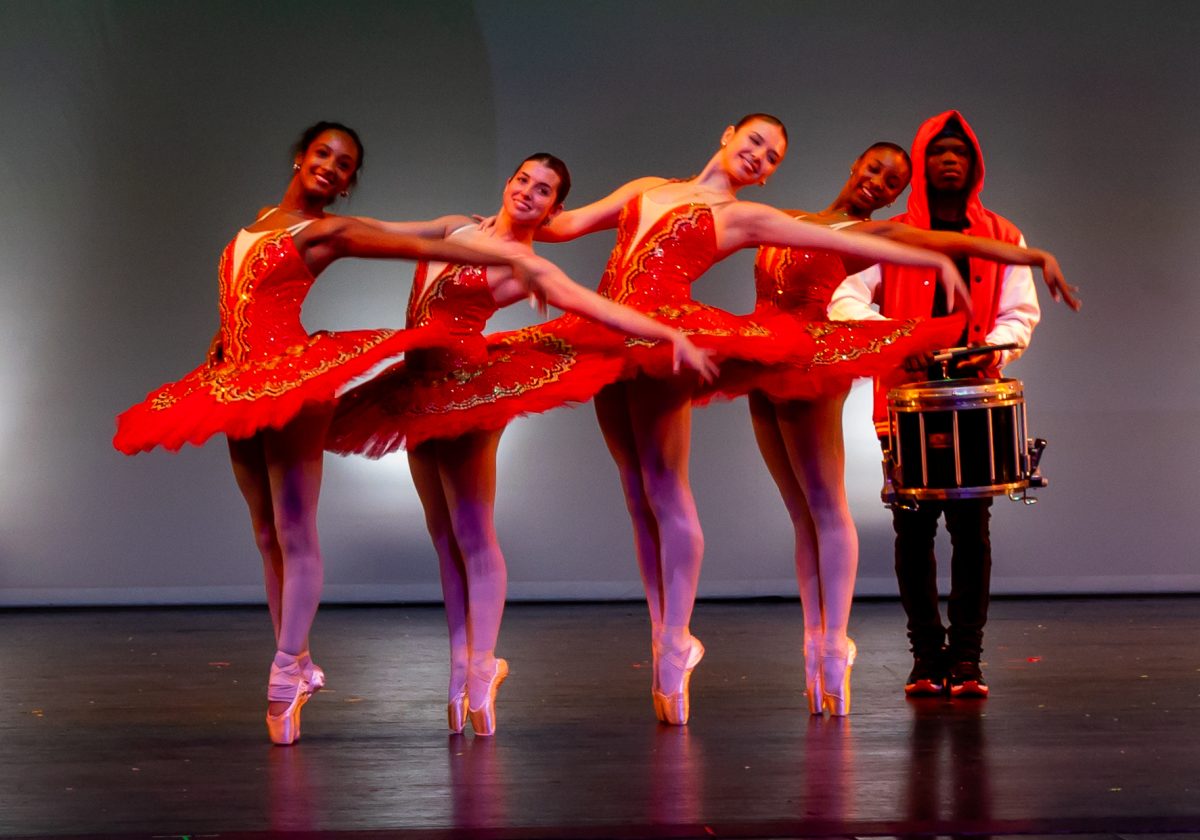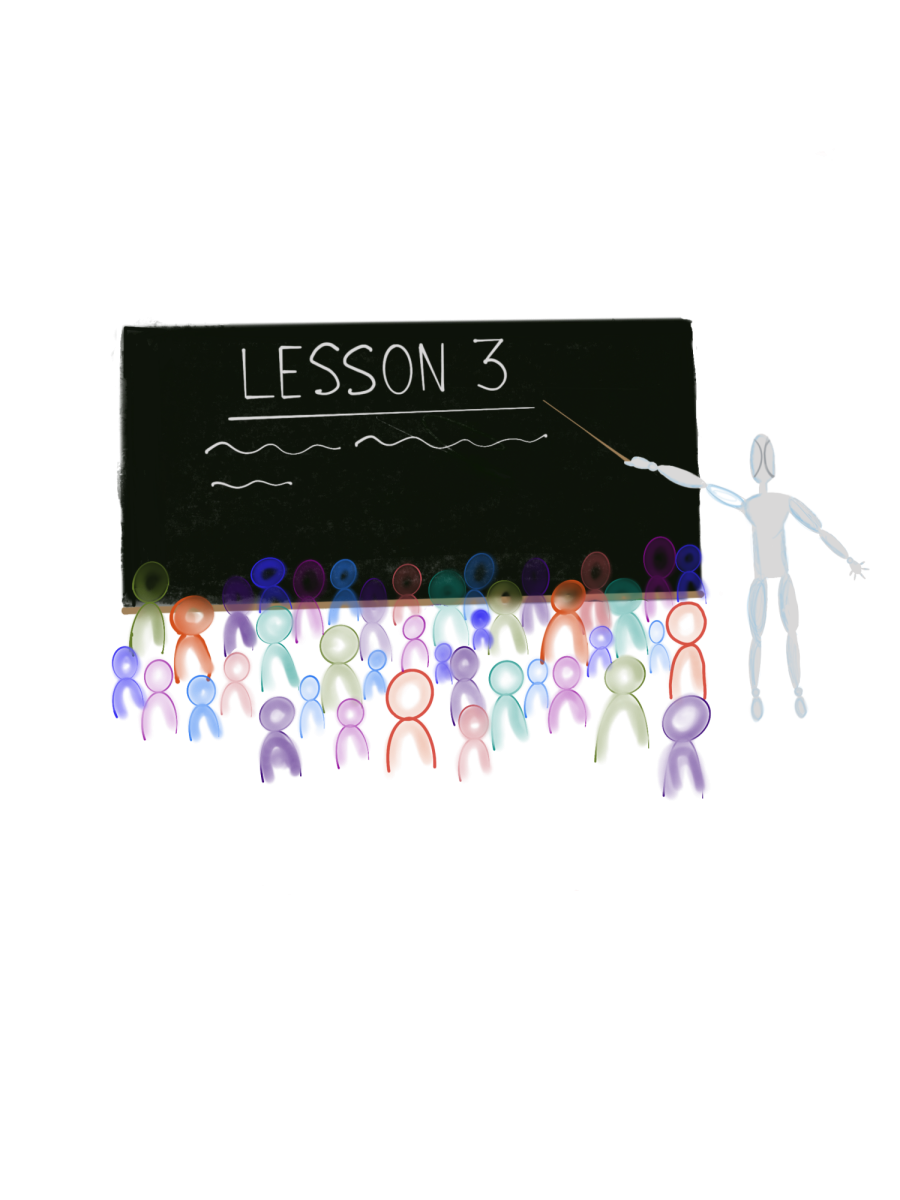After much debate, private school vouchers have largely fallen out of the public eye and the political sphere. None of the current Democratic presidential hopefuls support school vouchers. Not much attention has been paid to the new Floridian voucher program, and 63 percent of Americans say they know “very little” or “nothing” about the system, with little variance in districts with vouchers.
The discussion on school vouchers, however, should not be set in stone. There are merits to the voucher program that should be further studied and analyzed before the policy is cast away.
School vouchers target students who are low-income, zoned for low-performing public schools, or disabled. These students are often relegated to schools that are not the best fit for them. Vouchers provide an opportunity to go to a private school with fully paid tuition.The ability for students to choose where they attend school gives them better opportunities to learn in environments that suit them. At Dreyfoos, we take for granted an arts program that is uniquely catered to its students. But in less privileged districts, students don’t have the opportunity to pursue magnet programs, leading them to lose faith in a system that is supposed to support their foundational knowledge, regardless of their wealth. School choice uniquely allows students and families to have a chance to explore options outside of their zoned schools. In fact, the D.C. student voucher system increased student satisfaction with their new schools by 18 percent and decreased chronic absences by 27 percent.
According to a meta-analysis of 17 studies on private choice vouchers, 10 of those studies found a positive effect on students and their test scores, four delineated a neutral impact, and two concluded a negative outcome. However, it is important to note that the two studies that found a negative effect were first-year tests of a program. These impacts may happen because of transitory effects for the voucher students and the private schools, but research proves that achievement increases as the years go on within a voucher program.
This is especially significant for underprivileged kids. The cyclical effect of poverty is caused by forces that keep impoverished families down and lift wealthy families up. Education, the equalizer for all, now seems to be the antithesis of a meritocracy. Affluent students are more likely to reach a higher socioeconomic status than others, even when they have lower test scores. However, voucher programs provide a gateway for students to receive an education that meets the standards necessary for future success. In fact, they have been shown to increase high school graduation rates by 21 percent.
But what about the public schools whose funding is being taken away? Private schools may actually be saving the district and state more money. In D.C., public schools spent $28,000 on each student per year, while under the voucher system, per-pupil spending was only $9,600, a third of the cost. Further, an analysis found that districts have more resources per student when using voucher systems, even when accounting for fixed costs that don’t change with enrollment—like classrooms and buses. The researchers found that the program saved taxpayers almost 400 million dollars in 2015. Because the government spends less on each voucher, it can afford to spend more on public school students.
School vouchers provide a plurality of benefits to students receiving the vouchers and the public students left behind. More discussion needs to be had before disregarding it as one of the many solutions needed to fix America’s education system.










![[BRIEF] The Muse recognized as NSPA Online Pacemaker Finalist](https://www.themuseatdreyfoos.com/wp-content/uploads/2025/03/IMG_2942.jpeg)















































